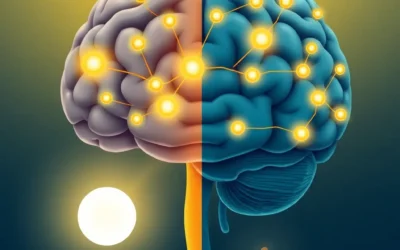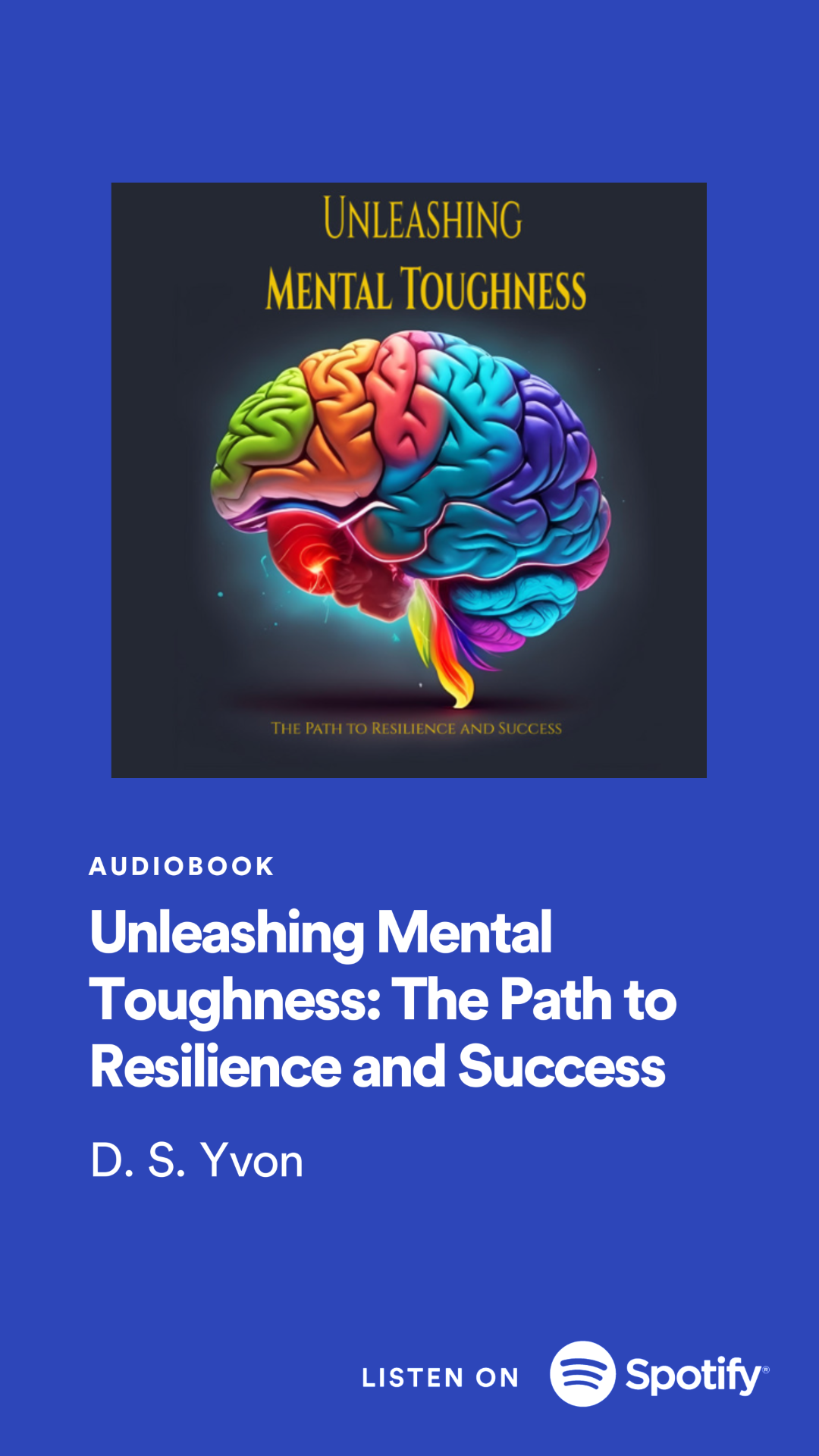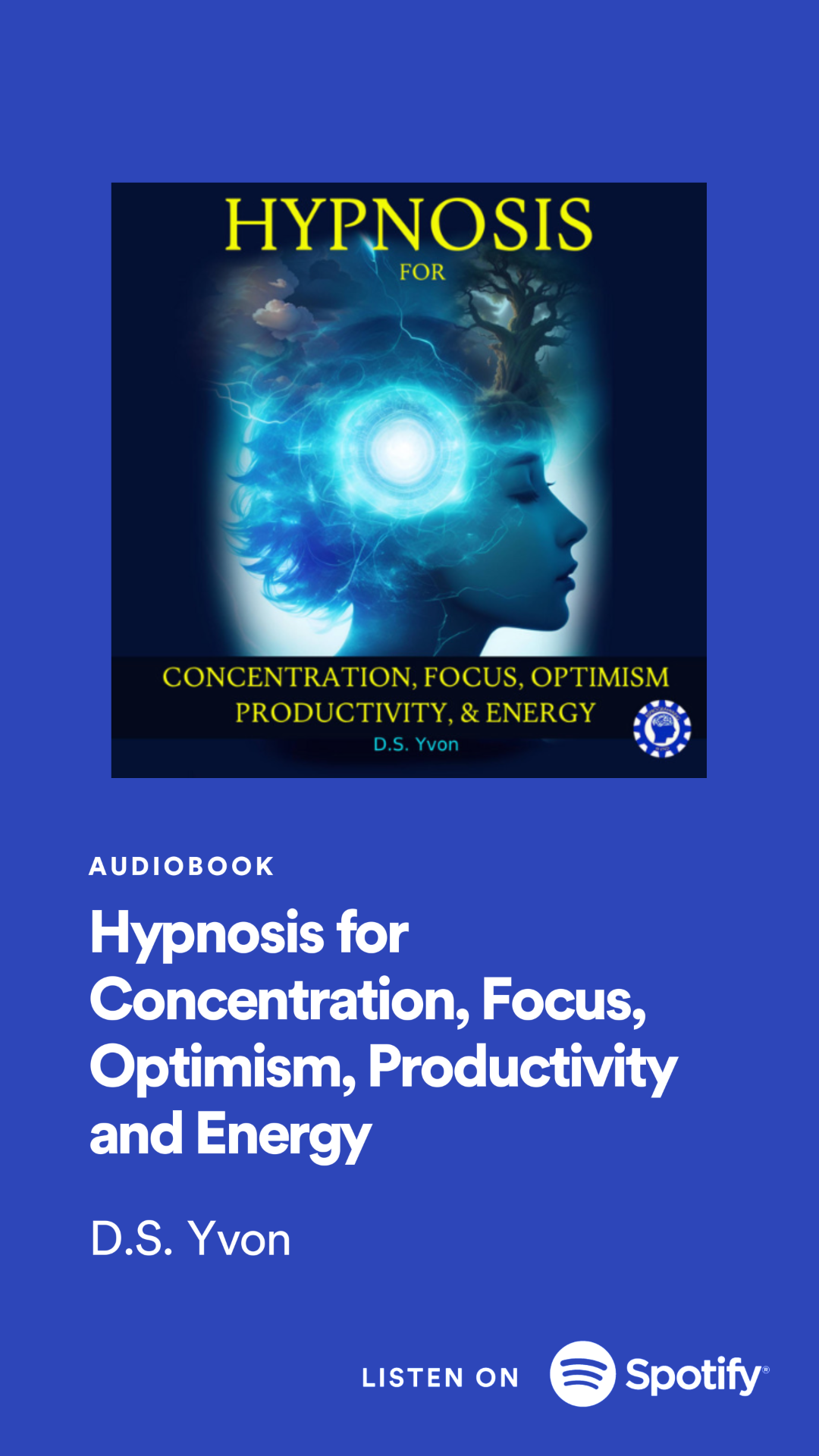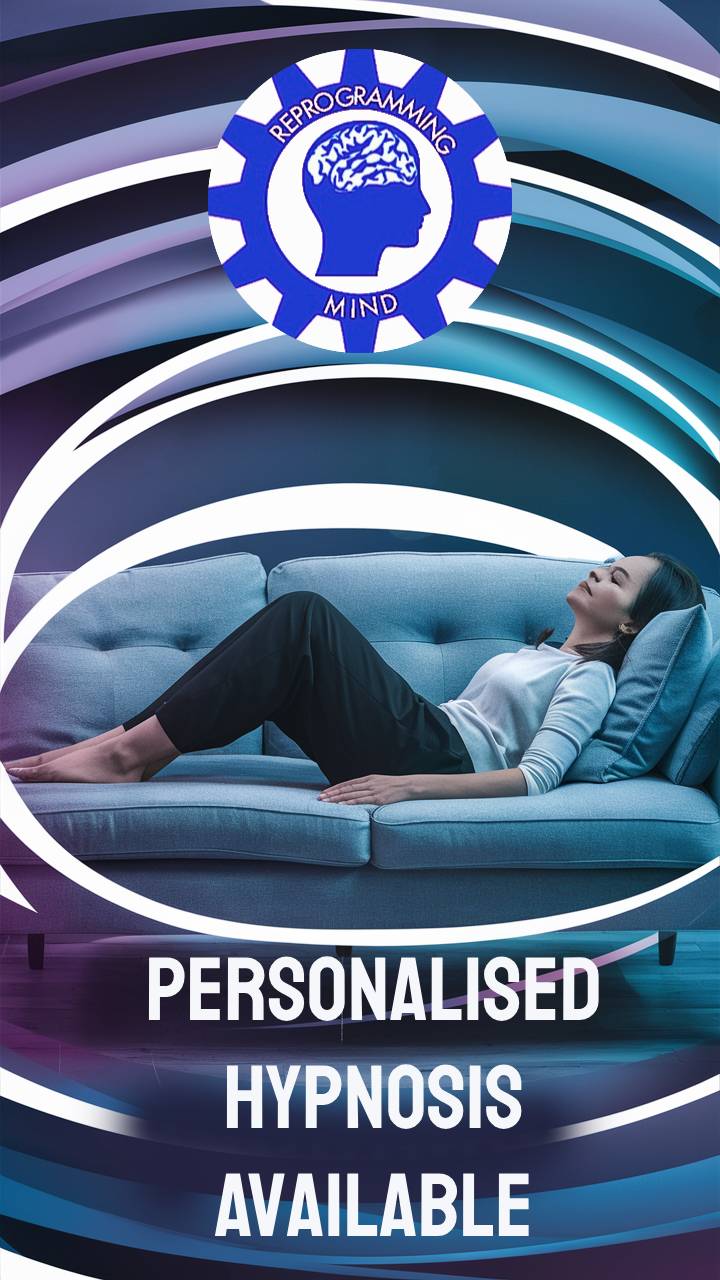Post-Traumatic Stress Disorder (PTSD) affects individuals differently, with women being two to three times more likely to develop PTSD compared to men. The symptoms of PTSD in women can manifest uniquely, leading to differences in how they experience and cope with the condition. Here is an overview of PTSD symptoms in women based on the provided search results.
Symptoms of PTSD in Women
1. Re-experiencing Symptoms:
- Recurrent distressing memories of the traumatic event.
- Flashbacks where the individual relives the traumatic event.
2. Arousal and Reactivity:
- Being easily startled or frightened.
- Always being on guard for danger.
- Trouble sleeping and concentrating.
3. Avoidance:
- Avoiding places, activities, or people that remind them of the traumatic event.
- Trying to avoid thinking or talking about the traumatic event.
4. Cognition and Mood:
- Negative thoughts about oneself, others, or the world.
- Hopelessness about the future.
- Difficulty maintaining close relationships.
- Feeling irritable, having angry outbursts, or engaging in self-destructive behavior.
Causes of PTSD in Women
- Women are more likely to experience high-impact trauma such as sexual assault, abuse, bullying, harassment, and violence.
- Traumatic events like sexual violence, physical assault, accidents, natural disasters, traumatic childbirth, and loss of a loved one can trigger PTSD in women.
Treatment and Diagnosis
- To receive a diagnosis of PTSD, a person must exhibit specific symptoms across different categories like avoidance, re-experiencing, cognition, and arousal.
- Treatment for PTSD often involves cognitive behavioral therapy (CBT), prolonged exposure therapy, eye movement desensitization and reprocessing (EMDR), group therapy, and medication such as antidepressants or anxiety medications. The most effective way to cure PTSD without drugs is the use of a step-by-step protocol (RTM) that works by taking the emotional charge out of the trauma memories.
Long-Term Impact
- PTSD can disrupt various aspects of life including work, relationships, health, and daily activities.
- Individuals with PTSD may be at a higher risk of developing other mental health issues like depression, anxiety disorders, substance abuse problems, eating disorders, and suicidal thoughts.

Understanding the unique symptoms and causes of PTSD in women is crucial for effective diagnosis and treatment. Seeking professional help is essential for managing PTSD symptoms and improving overall well-being.
What Are the Risk Factors for Developing PTSD in Women?
Post-Traumatic Stress Disorder (PTSD) can affect individuals differently, with women being more susceptible to developing PTSD compared to men. Several risk factors contribute to the likelihood of developing PTSD in women:
1. Experiencing Traumatic Events:
- Living through dangerous events and traumas.
- Witnessing another person being hurt or seeing a dead body.
- Childhood trauma.
2. Emotional Responses:
- Feeling horror, helplessness, or extreme fear during the traumatic event.
- Having little or no social support after the event.
- Dealing with additional stressors post-event like loss of a loved one, pain and injury, or loss of a job or home.
3. Pre-existing Conditions:
- Having pre-existing mental health problems such as depression or anxiety disorders.
- Family history of mental health problems.
- Experiencing additional life stressors.
4. Biological Factors:
- Genetic predisposition that may make some individuals more likely to develop PTSD.
5. Vulnerability to Specific Traumas:
- Women are more likely to experience high-impact trauma like sexual assault, abuse, bullying, harassment, and violence.
- Experiencing traumatic events at a younger age.
6. Social Roles and Interpersonal Violence:
- Gendered social roles like wife, mother, or caretaker may compound the negative impact of trauma exposure in women.
- Ongoing interpersonal violence within relationships can increase susceptibility to mental health consequences.
7. Lack of Treatment Seeking:
- Females may experience symptoms for longer before seeking diagnosis and treatment compared to males.
8. Complex PTSD:
- Exposure to chronic multiple traumas can lead to Complex PTSD, which includes a complex of symptoms associated with early interpersonal trauma like alterations in affective impulses, attention and consciousness, self-perception, and relationships with others.
Seeking professional help and support is essential for managing PTSD symptoms effectively and improving overall well-being.
Which Careers Put Women Most at Risk for PTSD?
Certain careers have a higher percentage of women with PTSD due to the nature of the work and exposure to traumatic events. Here are some careers that are known to have a higher prevalence of PTSD among women:
1. Military Personnel:
- Military service involves exposure to combat situations, violence, and high-stress environments, leading to a higher risk of developing PTSD. A study was done to help women overcome PTSD using a non-drug intervention and & around 72% were symptom free in 6 weeks using the Reconsolidation of Traumatic Memories protocol.
2. Police Officers:
- Law enforcement personnel often face dangerous and traumatic situations, witnessing violence and dealing with high-pressure scenarios that can contribute to the development of PTSD.
3. Firefighters:
- Firefighters frequently encounter distressing situations such as rescuing people from fires, witnessing loss of life, and experiencing the emotional toll of their work, which can lead to PTSD.
4. First Responders/Ambulance Personnel:
- Individuals in these professions are exposed to traumatic events like accidents, shootings, and disasters, which can result in the development of PTSD due to repeated exposure to distressing situations.
5. Healthcare Workers:
- Healthcare professionals working in high-stress environments such as intensive care units may be at a higher risk of developing PTSD due to the emotional strain of dealing with critical situations and patient care.
6. Journalists:
- Photojournalists and war correspondents witness emotionally distressing events regularly, which can lead to PTSD symptoms due to exposure to traumatic content and experiences.
7. Other Healthcare Professionals:
- Mental health professionals are particularly at risk due to potential threats or violence from patients, contributing to a higher prevalence of PTSD among this group.
These professions involve exposure to trauma, violence, life-threatening situations, and high-stress environments, increasing the likelihood of developing PTSD among individuals working in these fields. It is essential for employers in these sectors to provide adequate support, counseling, and resources for employees who may be experiencing work-related PTSD symptoms.
To learn how to overcome PTSD using the reconsolidation of traumatic memories protocol you might want to take a look at our notion template called how to erase trauma memories in 5 hours which highlights successful intervention done on military men and women that suffered from PTSD.


























